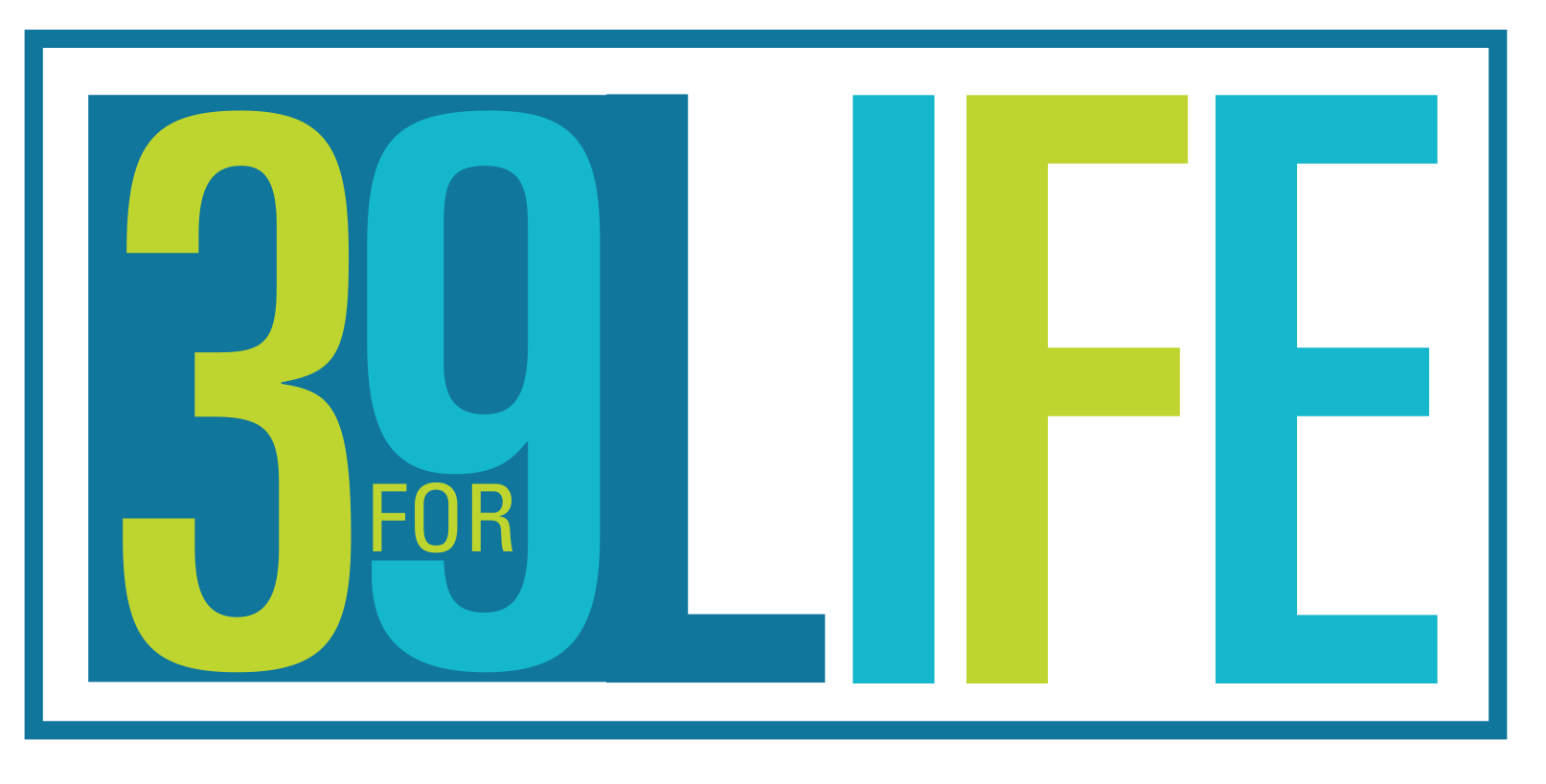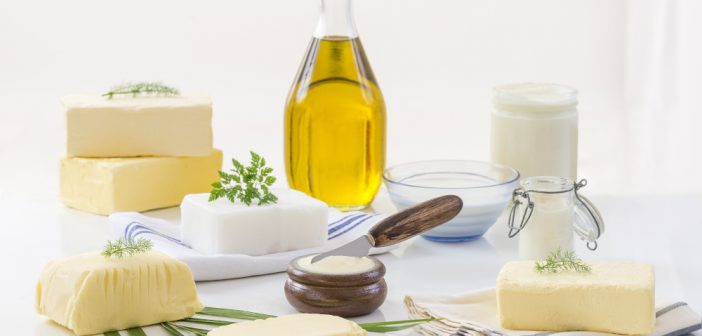Millions of Americans are living with high cholesterol, but chances are they don’t know it.
In fact, about 12 percent of adults in the country have high cholesterol, but nearly half the people who may need medication don’t use it. High total cholesterol raises the risk of heart disease and stroke, two of the leading causes of death in the United States.
Luckily, you can make some dietary changes to help keep your cholesterol under control, and these changes are important even if your numbers aren’t in the danger zone. By taking a look at the kind of fat in your diet and making healthier choices, you can work to improve your cholesterol and heart health.
Here’s the skinny on cholesterol and how the fat you eat affects it:
What is cholesterol?
Even though high cholesterol is a risk factor for heart disease, cholesterol is not entirely bad. There are two kinds of cholesterol: LDL (low-density lipoprotein) and HDL (high-density lipoprotein). LDL cholesterol raises your risk for heart disease and stroke because too much of it can build up in your arteries as plaque and block blood flow. HDL cholesterol lowers your risk for heart disease because it carries cholesterol to the liver, where it is flushed from the body.
Skip the trans fat
Trans fat has gotten a bad rap for years, and that bad rap is well-deserved. Trans fat raises levels of LDL cholesterol and lowers levels of HDL cholesterol, so it really has no redeeming value. Trans fats can be found in a variety of manufactured food, including shortening, frozen pizza, fried food, margarine, and baked goods. Check nutrition labels to see if the food you’re buying contains trans fats.
Reduce saturated fat intake
Saturated fat doesn’t win any awards for health either, but it’s a little better than trans fat. This kind of fat is solid at room temperature and raises LDL cholesterol levels. You’ll find saturated fat in many animal sources, like milk, beef, pork, lard, cheese and butter. You don’t need to avoid saturated fat entirely, but you should keep it to about 5 percent of your daily calories, or about 13 grams per day.
Focus on unsaturated fats
Thankfully, fats in your diet are not all bad news. Fat often makes food taste better, and the right kind of fat is actually good for you too. Cue the unsaturated fats. Monounsaturated and polyunsaturated fats lower LDL cholesterol levels and improve total cholesterol. They can be found in a variety of foods, including seeds, fish, and oils like canola and olive.
“Eating wholesome food does not mean you have to drastically limit the amount of fat in your diet,” says nutritionist Emily Woll. “What is important is eating the right kind of fat from sources like olive oil, nuts and avocados. Your hair, skin and heart will thank you!”
Now that you have the lowdown on how fat affects your cholesterol levels, make an effort to replace trans fat and saturated fat with better choices. Unsaturated fats are much better for you, but you don’t get a free pass to eat as much as you want. Unsaturated fats will still have an impact on your waistline, so your daily intake should still be limited to 25 to 30 percent of your daily calories.
A version of this article was published by The Daily Herald. It has been republished here with permission.




